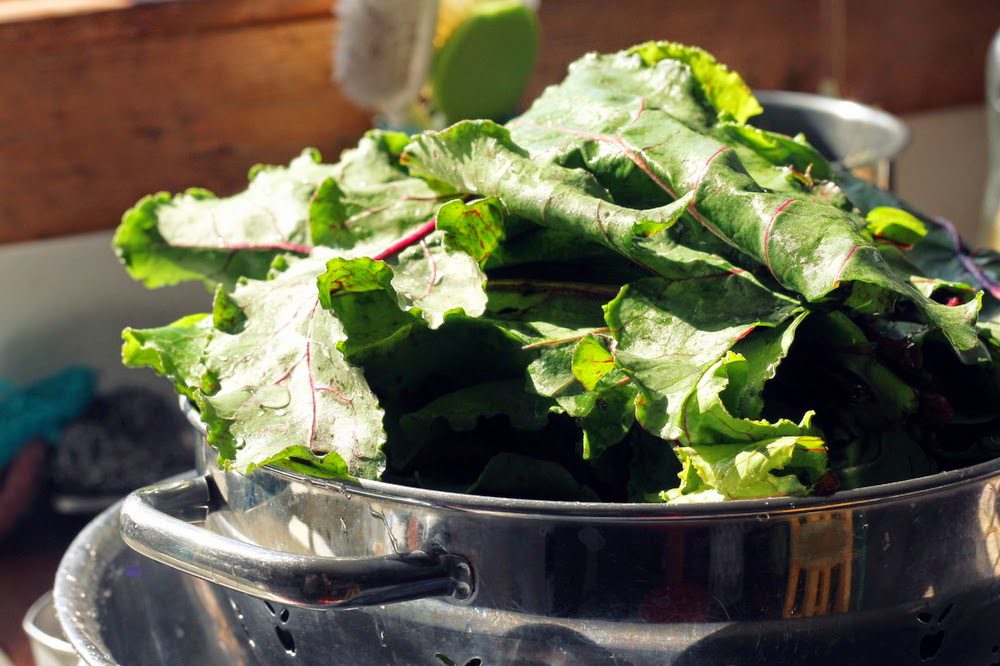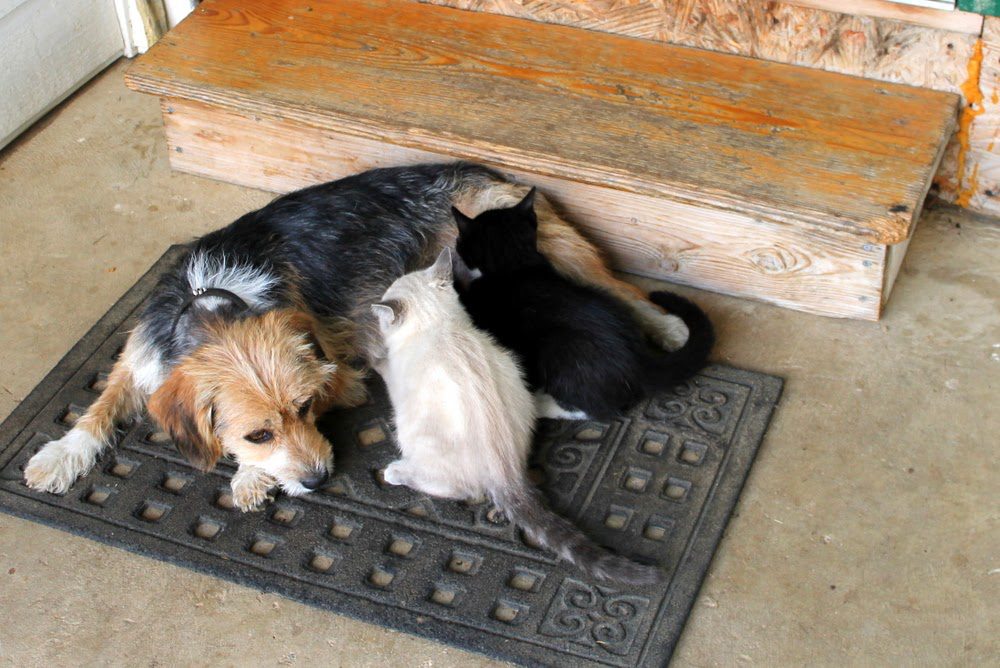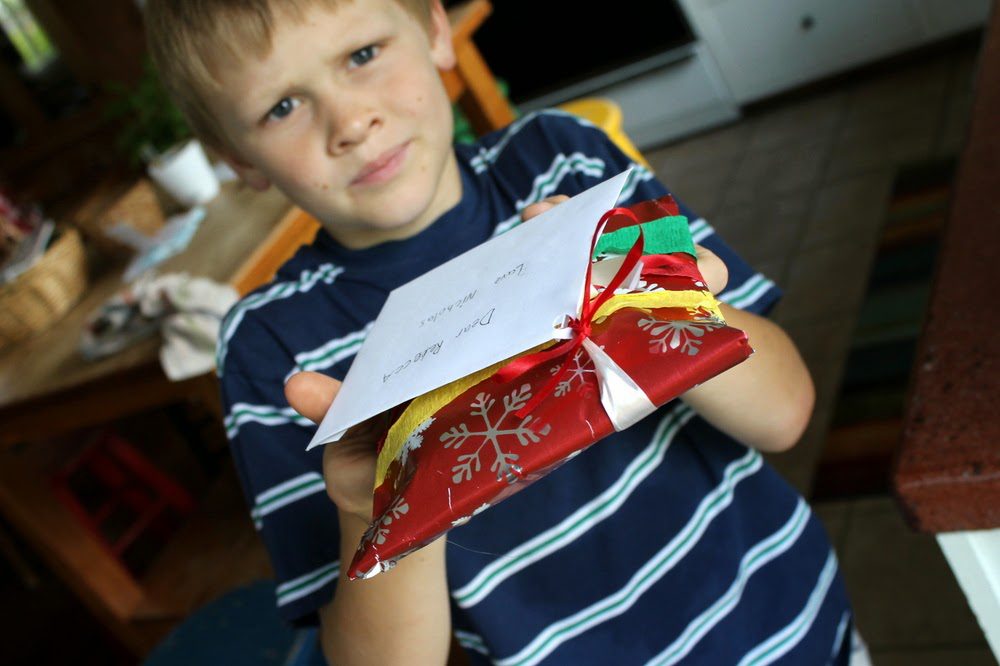
As a rule, summer is our active season. Come September, our schedule loosens and lightens—not necessarily because we’re doing homeschool stuff, but because everyone else is in school. No longer is there the option of day-time swimming lessons, week-long camps, or play-date marathons. Come autumn, there is a cultural moratorium on daytime activities—at least for children—and life slows. So with an end in sight, I do my best to embrace the summertime crazies. Usually I succeed.
Except I’m noticing a shift. My children’s activities, particularly for the older two, are getting more involved. They are becoming invested in out-of-the-home stuff. And rightly, wonderfully, so. But it means my role is evolving from Director of Daily Life Together to Facilitator of Individual Interests. In other words, we’re splitting up. We’re moving in different directions.
And it’s busy.

I’ve always claimed busyness is a shallow invention created to mask our inadequacies and boost our self-worth. Because if we’re busy, we wrongly reason, then we must be valuable.
Life has seasons, sure. Some buzz with activity. Others, less so. But a consistently frenetic lifestyle is self-cultivated. It’s our responsibility to set the pace.
This is what I say. This is what I believe.
And yet, these days, more often than not, I am feeling like I have less control over our Busy.

It used to be that I spent my days orbiting the kitchen table, giving orders, doling out food, cleaning up. Life was chaotic and full, but not calendar-schedule busy. Our days were free. They were mine for the dictating and structuring.
Now, I am no longer chained to the table. With the kids’ increased independence, my husband and I can go on runs without fear (for the most part) of them clubbing each other to bits. Because the children do tremendous quantities of housework, sleep in, and entertain themselves for hours on end with Legos and dystopian novels, I have more time to devote to writing, my own out-of-the-home projects, and whatever else strikes my fancy.
Except, I’m not the only one with projects and interests—the kids have them, too.
And herein lies the rub.
We can’t all be going six different directions all the time. Physically, it’s not possible. We are a one-van, one-income family living in the country. And emotionally, well, emotionally it’d be crazy stressful. We have to pace ourselves.
Except . . . I don’t know . . . we didn’t exactly pace ourselves starting out. It was more like a pell-mell sprint into parenthood—four children in six years. The way we set this gig up, change isn’t incremental. It’s all or nothing, baby (insert crazy lady cackle).

It used to be when the kids were little, I fled the house, gasping for breath. Now it’s the children’s turn to fly and I’m left standing by the fridge, staring at the full calendar magnetted to its side, pencil in hand, trying to catch my breath.

Time flies.
Babies fly.
Breathe.
This same time, years previous: roasted beet salad with cumin and mint, bacon-wrapped breadsticks, what’s it worth?, popcorn with coconut oil, and cooked oatmeal.














